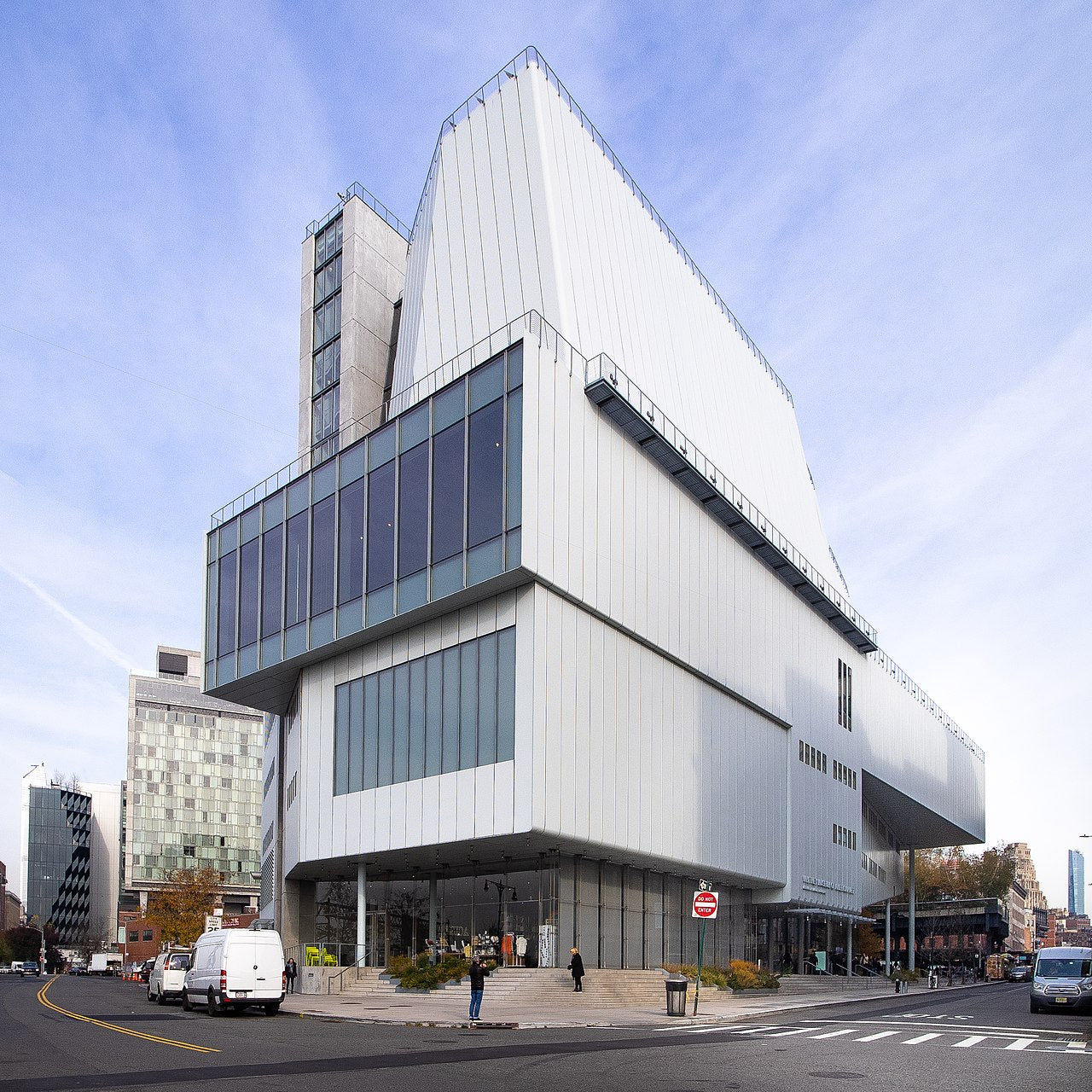Gertrude Vanderbilt Whitney stands as a towering figure in the annals of American art history, not only for her vast contributions as a patron but also for her own artistic prowess. Born into the illustrious Vanderbilt family in 1875, Whitney could have easily settled into a life of opulence and ease. Instead, she carved a unique path for herself, driven by a deep-seated passion for art and a staunch commitment to American artists. This article explores Whitney's remarkable journey, her challenges as a woman in the art world, and her enduring legacy through public sculptures and the Whitney Museum of American Art.

(Source: Whitney Museum Instagram)
Breaking Barriers: A Woman Ahead of Her Time
Gertrude Vanderbilt Whitney's foray into the art world was met with considerable challenges, primarily stemming from her gender. In an era when the art scene was predominantly male-dominated, Whitney's ambitions as an artist and a patron were often met with skepticism and patronizing attitudes. Despite her considerable wealth and social status, she faced resistance in her efforts to carve out a space for American art within established institutions.
Her struggle for recognition reached a pivotal moment when she offered her extensive collection of over 500 works of American art to the Metropolitan Museum of Art, only to be rebuffed. This rejection, however, did not deter her. Instead, it fueled her resolve to create an institution that would champion American artists, leading to the establishment of the Whitney Museum of American Art.
Championing American Art: The Whitney Museum
In 1930, Gertrude Vanderbilt Whitney founded the Whitney Museum of American Art, a testament to her unwavering belief in the importance of American art and artists. The museum was born out of Whitney's vision to provide a platform for American artists, particularly living ones, at a time when European art dominated the cultural landscape. Starting with around 700 works, the museum's collection has since grown exponentially, becoming a central institution in the narrative of American art.

(Source: Whitney X.com )
Artistic Legacy: Whitney's Public Sculptures
Whitney's talent as a sculptor is immortalized in several public sculptures across New York and beyond. Notable among these is the Titanic Memorial in Washington, D.C., a poignant tribute to the men who sacrificed their lives during the tragic sinking of the Titanic. Another significant work is the Buffalo Bill Memorial in Cody, Wyoming, which celebrates the life of the iconic frontiersman William F. "Buffalo Bill" Cody. In New York, the Peter Stuyvesant Statue stands in Stuyvesant Square Park, commemorating the last Dutch Director-General of New Netherland.

(Source: Library of Congress)
A Legacy of Resilience and Vision
Gertrude Vanderbilt Whitney's life and work are emblematic of the resilience and vision required to overcome societal and institutional barriers. As a woman in the early 20th-century art world, she not only navigated but also challenged the gender biases of her time, creating enduring institutions and artworks that continue to inspire. Her legacy, through the Whitney Museum and her public sculptures, serves as a beacon for future generations, illustrating the transformative power of art and the indomitable spirit of those who dare to envision a different world. Whitney's story is a testament to the enduring impact of passion, philanthropy, and a steadfast belief in the intrinsic value of American art.
The Museum Today
Today, the Whitney Museum of American Art stands as a vibrant beacon of American creativity, embodying Gertrude Vanderbilt Whitney's vision in the heart of Manhattan's Meatpacking District. Having moved to its Renzo Piano-designed building in 2015, the museum offers expansive views of the Hudson River and the city skyline, providing a dynamic backdrop for its ever-evolving collection. The Whitney continues to champion the work of living artists, hosting an array of exhibitions, performances, and educational programs that reflect the diverse and innovative spirit of American art. Its commitment to presenting contemporary American art, alongside its rich historical collection, ensures that the Whitney remains a crucial platform for artists and a central hub for art lovers, fostering a deeper understanding and appreciation of America's cultural landscape.

(Source: Wikipedia)


